Home>Construction & Tools>Building Materials>How To Paint Brick Backsplash
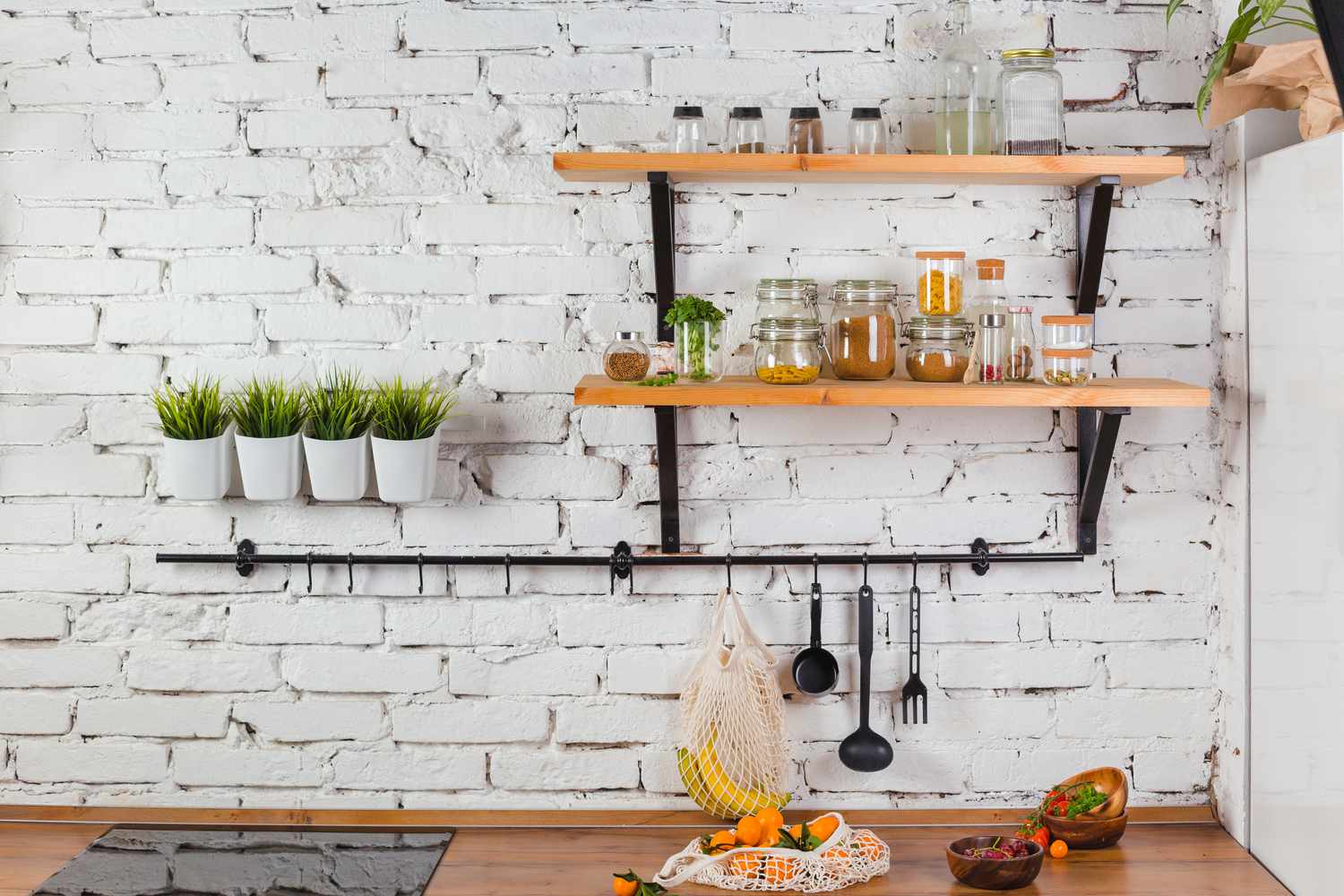

Building Materials
How To Paint Brick Backsplash
Modified: October 19, 2024
Learn how to paint a brick backsplash to transform your kitchen with a fresh, modern look. Find the best building materials and step-by-step instructions for a stunning DIY project.
(Many of the links in this article redirect to a specific reviewed product. Your purchase of these products through affiliate links helps to generate commission for Storables.com, at no extra cost. Learn more)
Introduction
Welcome to the world of DIY home improvement, where creativity meets functionality. One of the most rewarding projects you can undertake is painting a brick backsplash. Not only does it breathe new life into your kitchen or living space, but it also allows you to showcase your personal style and aesthetic preferences.
Painting a brick backsplash is a fantastic way to transform the look and feel of your home without breaking the bank. Whether you’re aiming for a modern, sleek finish or a rustic, cozy vibe, the right paint and technique can make all the difference.
In this comprehensive guide, we’ll walk you through the step-by-step process of painting a brick backsplash, from choosing the right paint to sealing the finished product. By the end of this journey, you’ll be equipped with the knowledge and confidence to tackle this project with ease, achieving professional results that will leave your guests in awe.
So, roll up your sleeves, grab your paintbrushes, and let’s dive into the wonderful world of brick backsplash painting!
Key Takeaways:
- Transform your kitchen or living space with a beautifully painted brick backsplash, showcasing your personal style and creativity while achieving a durable and easy-to-maintain surface.
- Choose the right paint, prepare the brick surface, and follow professional tips to achieve a polished and professional finish, reflecting your unique style and creativity.
Read more: How To Install A Brick Backsplash In Kitchen
Choosing the Right Paint
When it comes to painting a brick backsplash, selecting the right paint is crucial. The paint you choose will not only determine the aesthetic appeal of the finished product but also its durability and resilience. Here are some key factors to consider when choosing the perfect paint for your brick backsplash:
- Acrylic Latex Paint: Opt for a high-quality acrylic latex paint that is specifically formulated for masonry surfaces. This type of paint offers excellent adhesion and durability, making it ideal for brick backsplashes. Additionally, acrylic latex paint is resistant to moisture and provides a smooth, washable finish.
- Color and Finish: Consider the overall color scheme of your kitchen or living space when selecting the paint color. Whether you prefer a bold, dramatic hue or a subtle, neutral tone, ensure that the color complements the existing decor. As for the finish, a satin or semi-gloss sheen is recommended for easy cleaning and maintenance.
- Breathability: Brick is a porous material that requires a breathable paint to allow moisture to escape. Look for a paint that is vapor-permeable to prevent trapping moisture within the brick, which can lead to mold and mildew growth.
- Primer: Some masonry paints come with built-in primers, while others require a separate primer coat. If your brick backsplash has a rough or uneven surface, a high-quality masonry primer can help create a smooth base for the topcoat, ensuring better adhesion and coverage.
- Sample Testing: Before committing to a specific paint color, consider testing a small area of the brick backsplash to evaluate how the color appears in different lighting conditions. This will help you make an informed decision and avoid any surprises after the entire backsplash is painted.
By carefully considering these factors and selecting a paint that meets the specific requirements of your brick backsplash, you can set the stage for a successful and visually stunning painting project.
Preparing the Brick Surface
Before diving into the painting process, it’s essential to prepare the brick surface to ensure optimal adhesion and a smooth finish. Here’s a step-by-step guide to preparing the brick for painting:
- Clean the Surface: Start by thoroughly cleaning the brick backsplash to remove any dirt, grease, or grime. Use a mild detergent and water solution, along with a stiff-bristled brush, to scrub the surface and eliminate any built-up residue. Rinse the brick with clean water and allow it to dry completely before proceeding.
- Repair Any Damage: Inspect the brick for any cracks, chips, or loose mortar. If you encounter minor damage, use a high-quality masonry repair caulk to fill in the imperfections and create a level surface. For more extensive damage, consider consulting a professional to address structural issues before painting.
- Remove Efflorescence: Efflorescence, a white, powdery residue caused by salt deposits, can form on brick surfaces. To remove efflorescence, scrub the affected areas with a stiff brush and a solution of water and white vinegar. Rinse the brick thoroughly and allow it to dry completely.
- Smooth Rough Areas: If the brick surface is uneven or has rough patches, consider using a wire brush or sandpaper to smooth out any irregularities. This step is crucial for achieving a uniform and professional-looking finish once the paint is applied.
- Protect Surrounding Areas: To prevent paint splatter and drips from affecting adjacent surfaces, use painter’s tape and drop cloths to mask off the surrounding areas, including countertops, cabinets, and flooring. This extra precaution will save you time and effort during the cleanup process.
By investing time and effort into properly preparing the brick surface, you’ll create an ideal canvas for the subsequent painting stages. Adequate preparation sets the foundation for a flawless and long-lasting painted brick backsplash that enhances the overall aesthetic of your space.
Priming the Brick
Priming the brick surface is a critical step that sets the stage for a successful painting process. A high-quality masonry primer not only enhances adhesion but also seals the porous nature of the brick, ensuring that the topcoat of paint adheres evenly and provides long-lasting protection. Here’s a detailed guide to priming the brick for your backsplash painting project:
- Choose the Right Primer: Select a premium masonry primer that is specifically designed for use on brick and other masonry surfaces. Look for a primer that offers excellent adhesion, breathability, and alkali resistance to withstand the unique characteristics of brick.
- Apply the Primer: Using a high-quality synthetic bristle brush or a roller with a thick nap, apply the masonry primer to the brick surface. Work in manageable sections, ensuring even coverage and paying special attention to grout lines and textured areas. If the brick has deep crevices or mortar joints, a brush can help work the primer into these areas effectively.
- Allow for Proper Drying Time: Follow the manufacturer’s instructions regarding the drying time for the primer. Typically, masonry primers require sufficient drying time to penetrate the porous brick surface and create a strong bond. Adequate drying time is essential for the primer to prepare the surface for the subsequent paint application.
- Inspect for Uniform Coverage: Once the primer has dried, inspect the brick surface to ensure that the primer has been applied evenly and has penetrated the porous texture of the brick. Look for any missed spots or areas that may require an additional coat of primer to achieve uniform coverage.
- Smooth Out Drips and Runs: Check for any drips, runs, or excess primer on the surface, and use a brush or roller to smooth out these imperfections before they dry. A smooth, even primer coat will contribute to a flawless finish when the paint is applied.
By priming the brick surface with precision and care, you’re laying the groundwork for a successful painting process. The primer acts as a bridge between the porous brick and the topcoat of paint, ensuring optimal adhesion and a professional-quality finish for your brick backsplash.
Before painting a brick backsplash, make sure to clean the surface thoroughly and use a high-quality primer designed for masonry. This will help the paint adhere better and prevent peeling over time.
Painting the Brick
Now comes the exciting part of the process – painting the brick backsplash to achieve the desired aesthetic and transform the look of your space. With the right tools and techniques, you can create a stunning painted finish that revitalizes your kitchen or living area. Here’s a comprehensive guide to painting the brick backsplash:
- Choose High-Quality Paint: Utilize the acrylic latex paint specifically formulated for masonry surfaces that you selected during the initial phase. Ensure that the paint color and finish align with your overall design vision, and stir the paint thoroughly before application to achieve a consistent color.
- Use the Right Tools: Opt for a high-quality synthetic bristle brush or a thick-nap roller designed for textured surfaces. A brush can effectively reach into crevices and grout lines, while a roller can cover larger areas of the brick backsplash more efficiently.
- Apply the Paint: Begin by cutting in around the edges and corners of the brick backsplash using a brush. Then, use a roller to apply the paint to the broader sections of the brick surface. Work in manageable sections to ensure even coverage and a seamless transition between areas. Apply a generous, but not excessive, amount of paint to achieve the desired opacity and color vibrancy.
- Work in Layers: Depending on the desired color intensity and the porosity of the brick, multiple coats of paint may be necessary to achieve a uniform and professional finish. Allow each coat to dry completely before applying the next one, following the manufacturer’s recommended drying times.
- Smooth Out Imperfections: As you paint, keep an eye out for drips, runs, or pooling paint, and use a brush or roller to smooth out these imperfections before they dry. This attention to detail will contribute to a smooth and flawless painted surface.
By following these steps and exercising patience and precision, you can achieve a beautifully painted brick backsplash that enhances the visual appeal of your home. The transformation from raw brick to a custom-painted finish is a testament to your creativity and dedication to making your living space uniquely yours.
Read more: How To Paint Brick Pavers
Sealing the Painted Brick
After completing the painting process, it’s essential to seal the painted brick backsplash to protect the finish and ensure its longevity. Sealing not only enhances the durability of the painted surface but also makes it easier to clean and maintain over time. Here’s a comprehensive guide to sealing your painted brick backsplash:
- Choose a Quality Sealer: Select a high-quality masonry sealer designed for use on painted surfaces. Look for a sealer that offers protection against moisture, stains, and abrasion while allowing the painted brick to breathe.
- Prepare the Surface: Ensure that the painted brick backsplash is clean and completely dry before applying the sealer. Remove any dust or debris from the surface using a soft brush or cloth to create a clean foundation for the sealer.
- Apply the Sealer: Using a synthetic bristle brush or a low-nap roller, apply the masonry sealer to the painted brick surface. Work in small sections to ensure even coverage, and pay special attention to grout lines and textured areas where the sealer may need to penetrate more deeply.
- Allow for Proper Drying Time: Follow the manufacturer’s instructions regarding the drying time for the sealer. Ensure that the area is well-ventilated during the drying process to promote proper curing and the release of any fumes.
- Inspect for Uniform Coverage: Once the sealer has dried, inspect the brick surface to ensure that the sealer has been applied evenly and has penetrated the painted surface. Look for any missed spots or areas that may require an additional coat of sealer for uniform protection.
By sealing the painted brick backsplash, you’re not only safeguarding the beauty of your newly painted surface but also investing in its long-term resilience and ease of maintenance. The sealer acts as a protective shield, preserving the vibrancy and integrity of the painted brick while allowing you to enjoy its visual appeal for years to come.
Tips and Tricks for a Professional Finish
As you embark on the journey of painting a brick backsplash, incorporating professional tips and tricks into your process can elevate the outcome and ensure a truly stunning finish. Here are invaluable insights and techniques to help you achieve a polished and professional result:
- Test Paint Samples: Before committing to a specific paint color, test samples on a small, inconspicuous area of the brick backsplash to evaluate how the color appears under different lighting conditions. This ensures that you’re satisfied with the color choice before painting the entire surface.
- Use High-Quality Tools: Invest in high-quality synthetic bristle brushes and thick-nap rollers designed for textured surfaces. Quality tools contribute to smoother application and better coverage, resulting in a professional-looking finish.
- Work in Manageable Sections: When painting the brick, work in small, manageable sections to ensure even coverage and a seamless transition between areas. This approach allows you to maintain control over the application and achieve a consistent finish.
- Apply Multiple Coats: Depending on the desired color intensity and the porosity of the brick, applying multiple coats of paint may be necessary to achieve a uniform and vibrant finish. Allow each coat to dry completely before applying the next one for optimal results.
- Smooth Out Imperfections: As you paint, be vigilant for drips, runs, or pooling paint, and use a brush or roller to smooth out these imperfections before they dry. Attention to detail during the painting process contributes to a flawless end result.
- Protect Surrounding Areas: Use painter’s tape and drop cloths to mask off adjacent surfaces, such as countertops, cabinets, and flooring, to prevent paint splatter and drips from affecting these areas. This precaution simplifies the cleanup process and preserves the surrounding space.
- Follow Manufacturer’s Recommendations: Adhere to the manufacturer’s guidelines for the paint, primer, and sealer, including application techniques, drying times, and any specific instructions for masonry surfaces. Following these recommendations ensures optimal performance and longevity of the painted brick backsplash.
By incorporating these tips and techniques into your painting process, you can achieve a professional finish that enhances the beauty of your brick backsplash and elevates the overall aesthetic of your space. Attention to detail, quality materials, and patience are key elements in creating a visually stunning and durable painted brick surface.
Conclusion
Congratulations on embarking on the rewarding journey of painting a brick backsplash! By following the comprehensive guide outlined in this article, you’ve gained valuable insights into the step-by-step process of transforming raw brick into a beautifully painted surface that enhances the visual appeal of your home.
From choosing the right paint and preparing the brick surface to priming, painting, and sealing the finished product, each stage of the process contributes to the creation of a stunning and durable brick backsplash. By incorporating professional tips and techniques, you’ve equipped yourself with the knowledge and skills to achieve a polished and professional finish that reflects your unique style and creativity.
As you embark on your painting journey, remember to exercise patience, attention to detail, and a sense of creativity. The transformation of a plain brick surface into a custom-painted masterpiece is a testament to your dedication to making your living space uniquely yours.
Whether you’re aiming for a modern, sleek finish or a rustic, cozy vibe, the right paint and technique can make all the difference. The painted brick backsplash serves as a focal point in your kitchen or living area, adding character and personality to the space while providing a durable and easy-to-maintain surface.
As you admire the finished product, take pride in the time and effort you’ve invested in creating a stunning brick backsplash that reflects your personal style and enhances the overall aesthetic of your home. Your dedication to this project has not only revitalized your living space but has also provided you with a sense of accomplishment and the satisfaction of a job well done.
So, as you revel in the beauty of your newly painted brick backsplash, take a moment to appreciate the transformative power of a fresh coat of paint and the joy of bringing your creative vision to life.
Frequently Asked Questions about How To Paint Brick Backsplash
Was this page helpful?
At Storables.com, we guarantee accurate and reliable information. Our content, validated by Expert Board Contributors, is crafted following stringent Editorial Policies. We're committed to providing you with well-researched, expert-backed insights for all your informational needs.
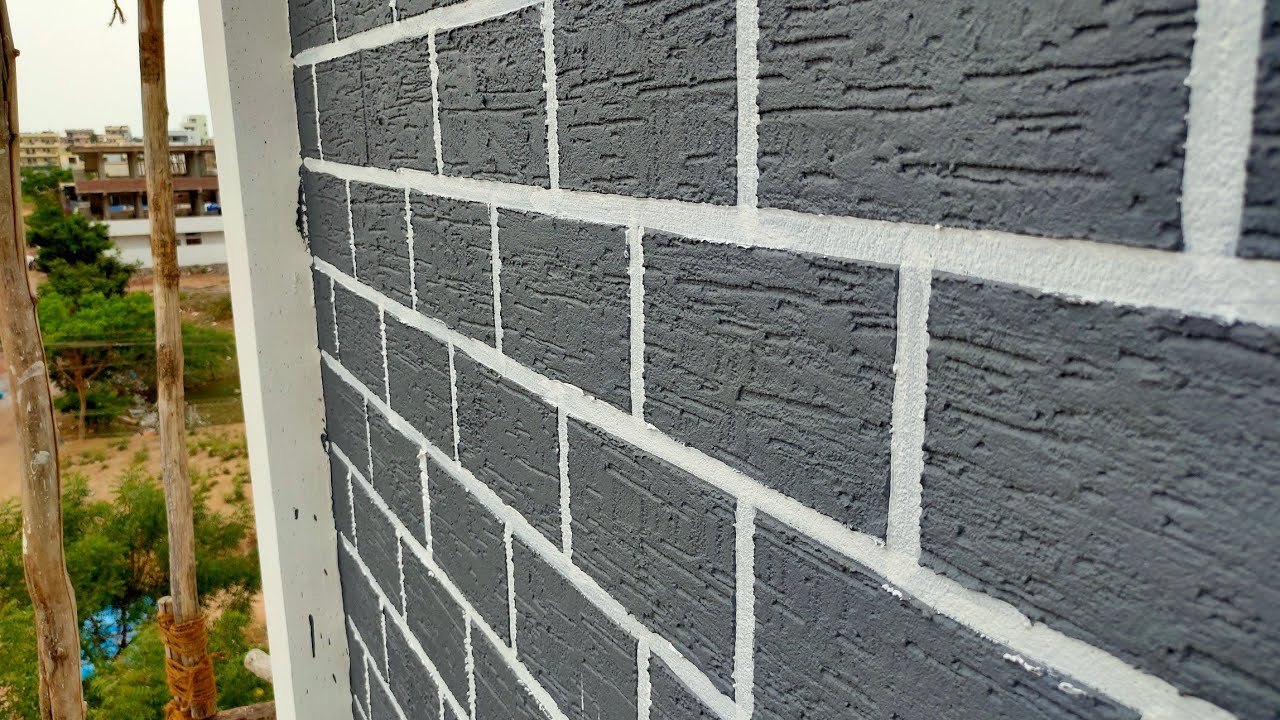
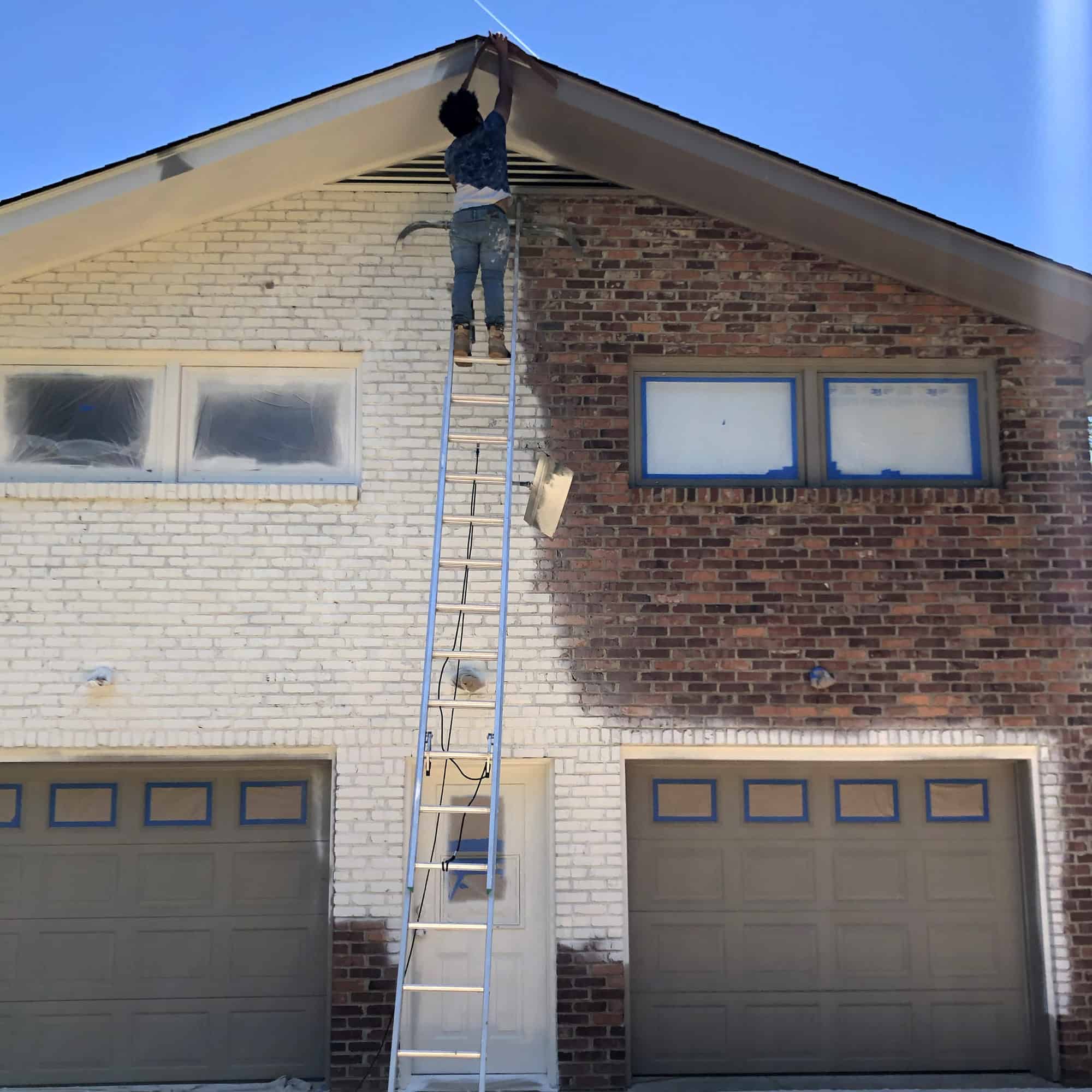
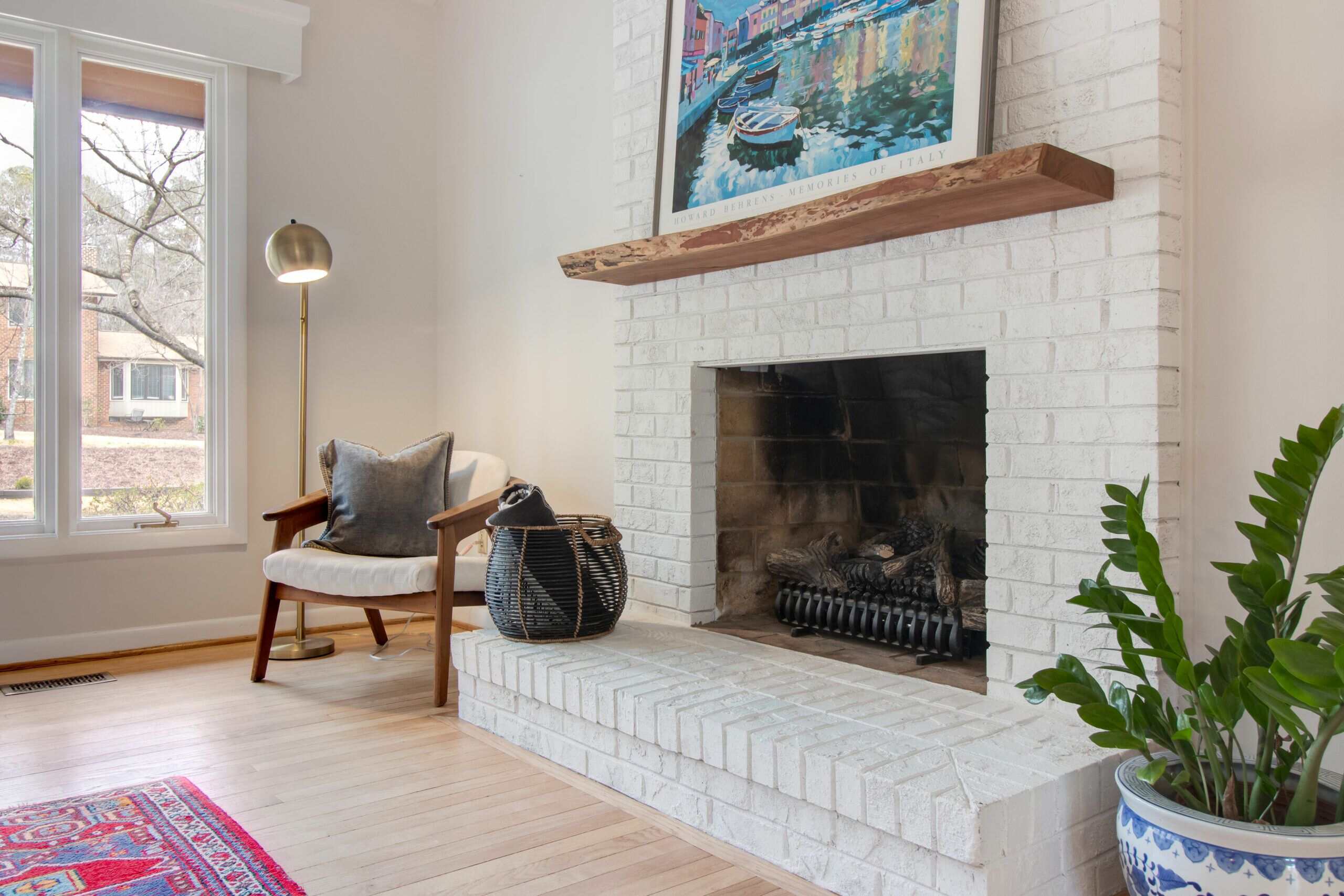
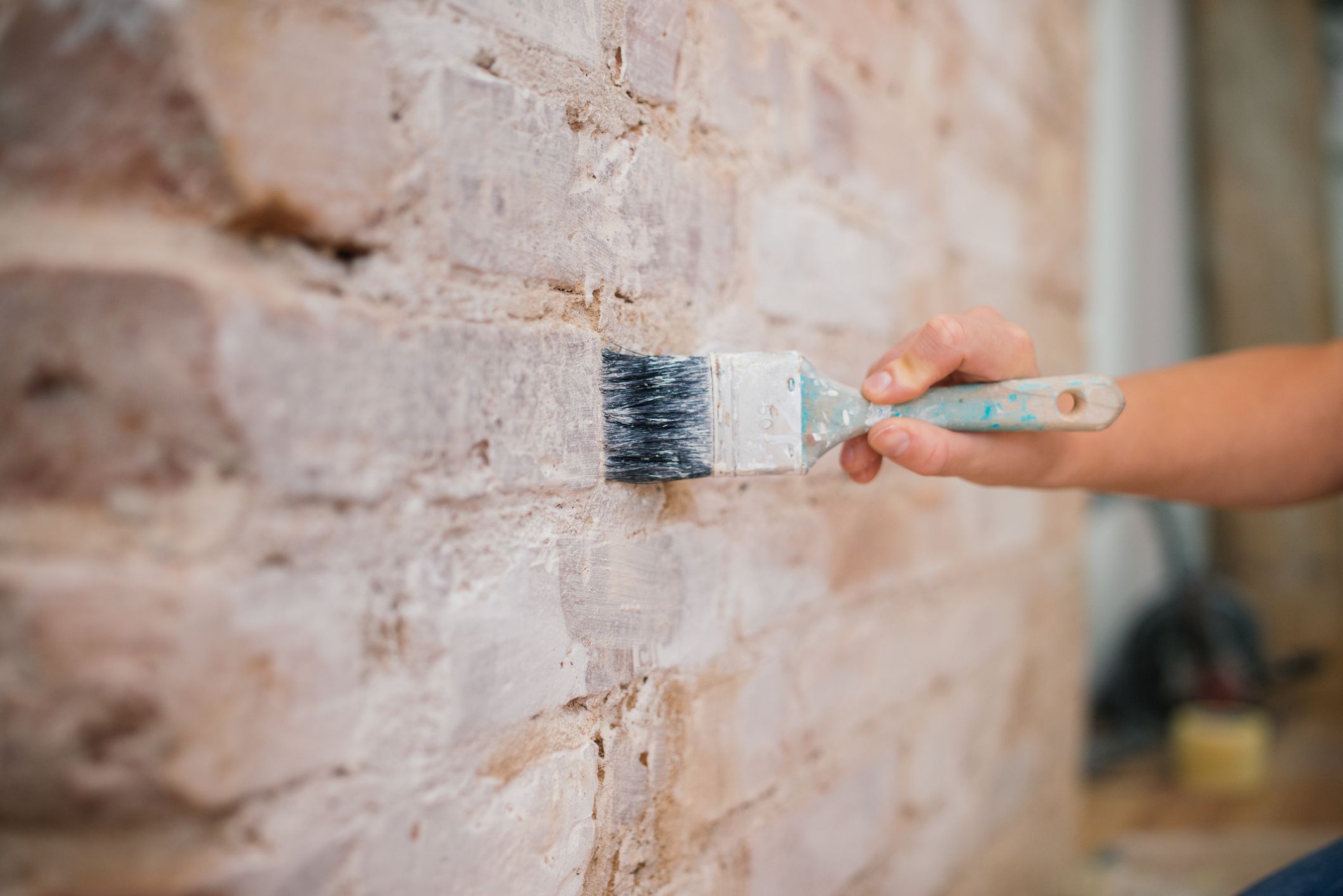
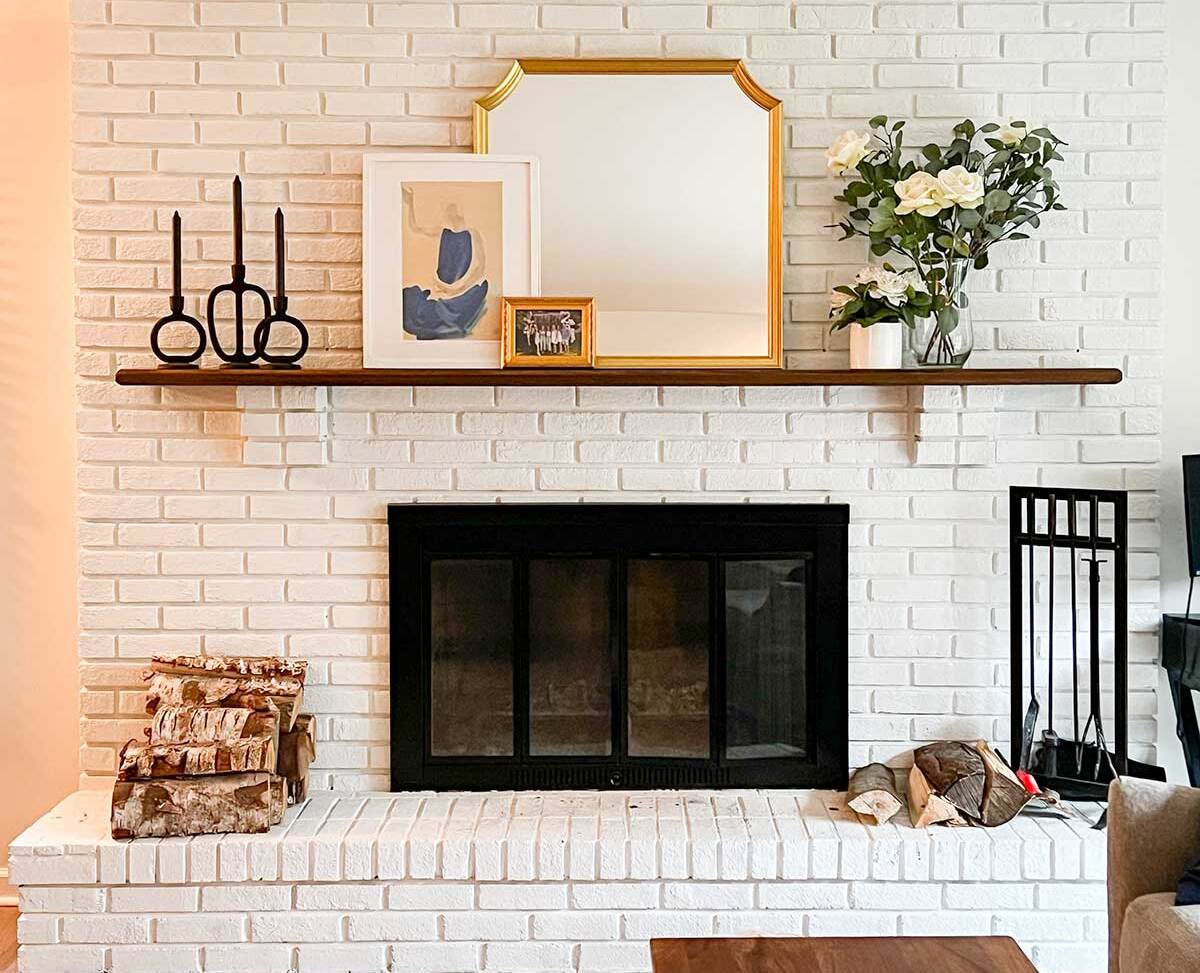
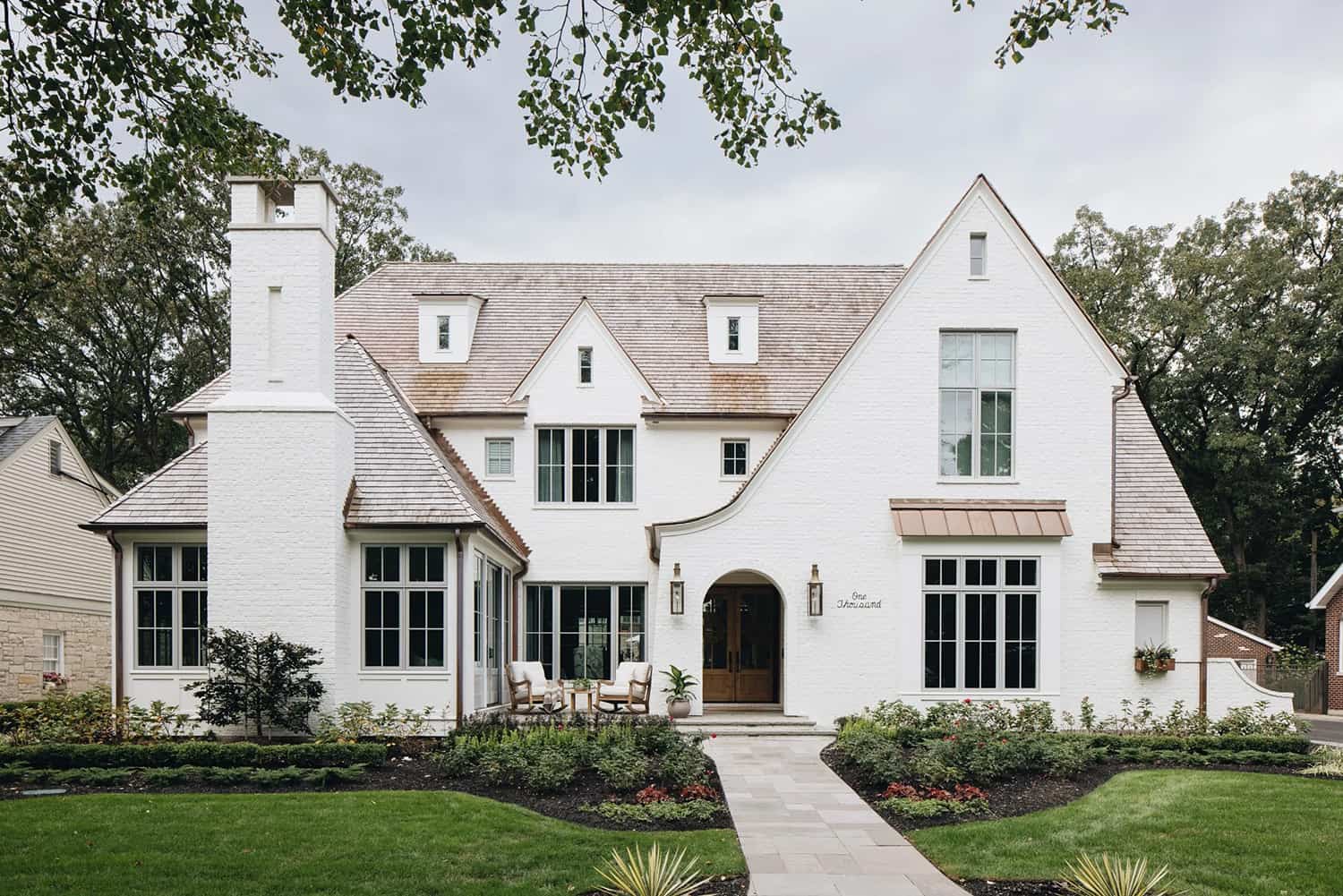
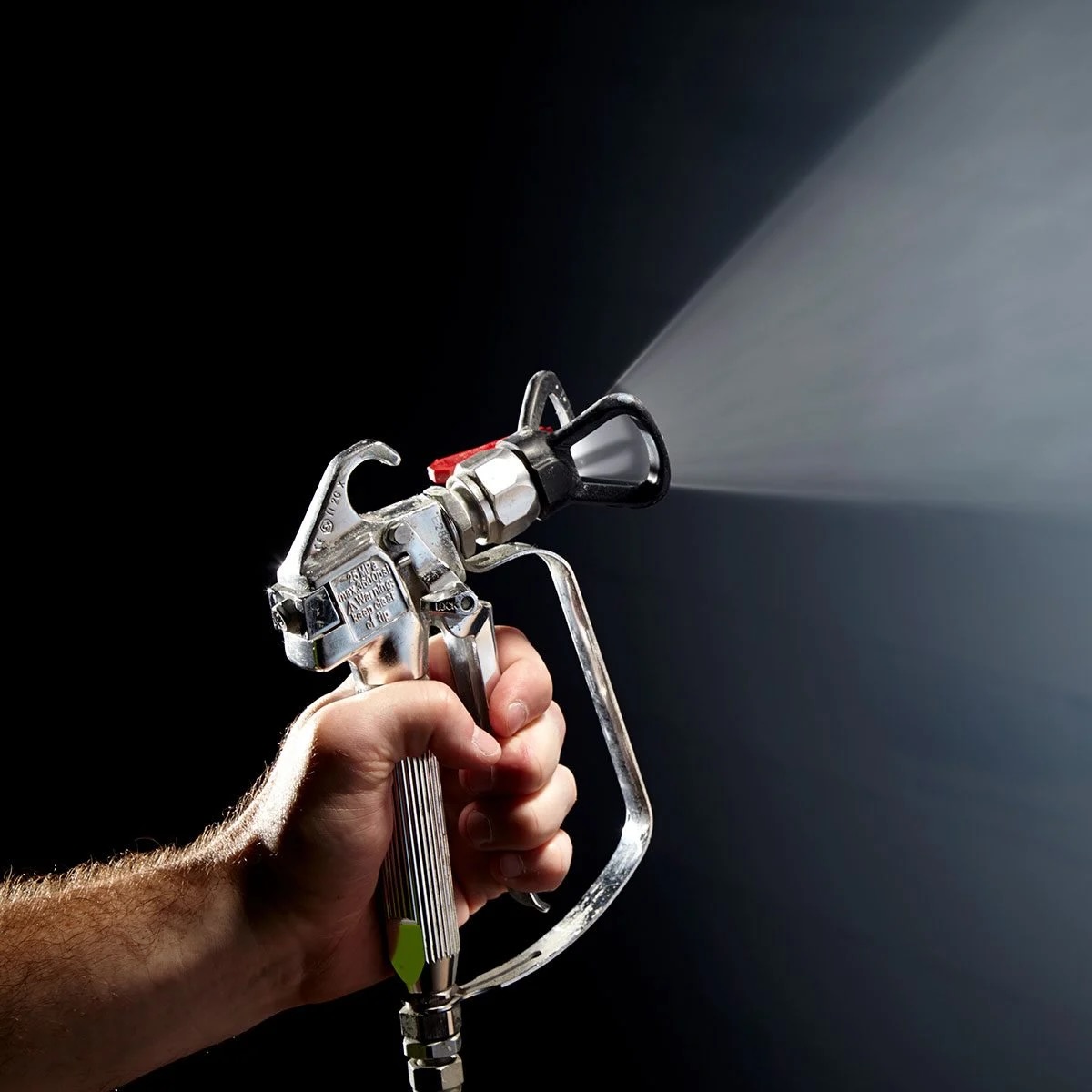
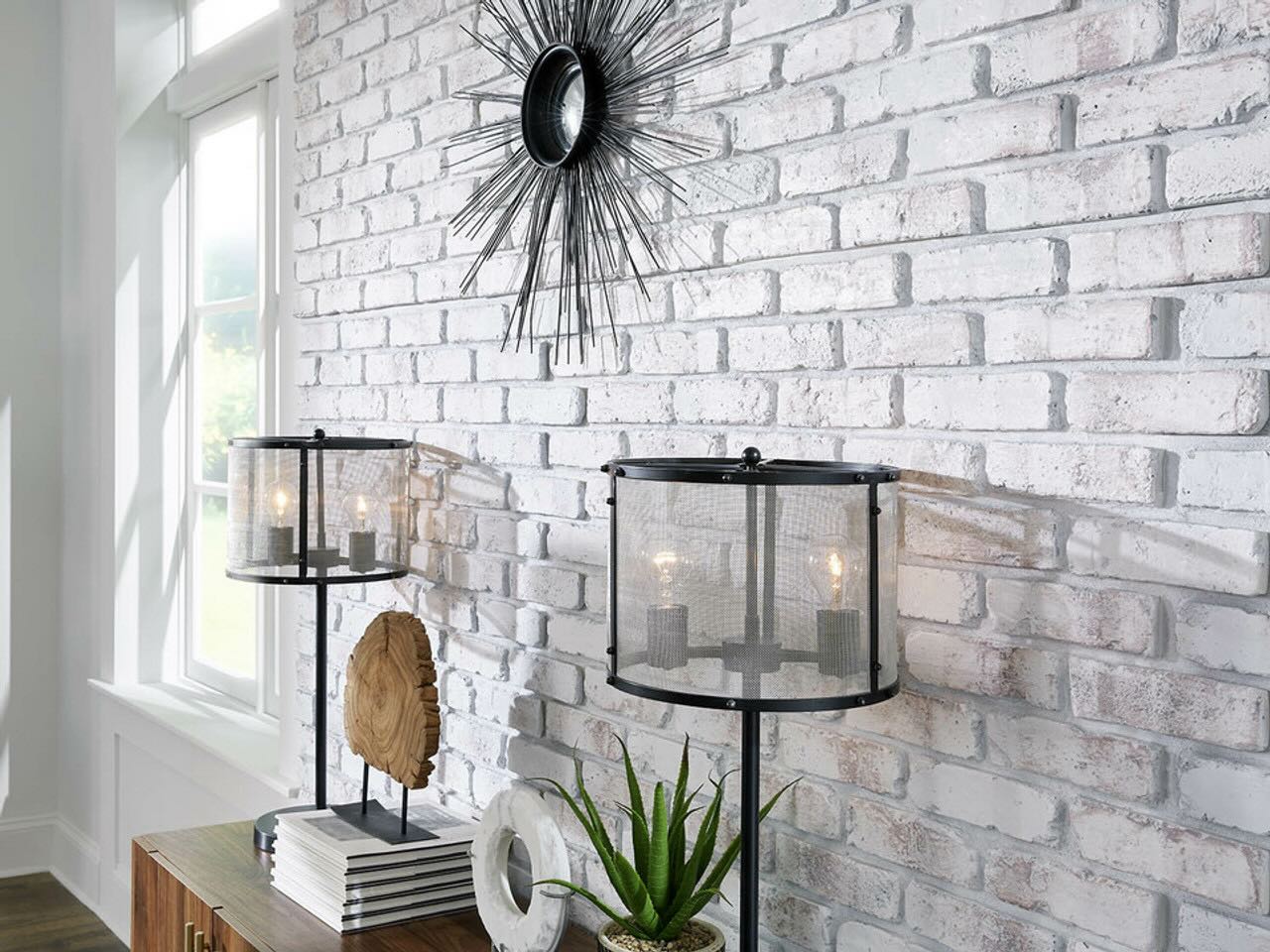
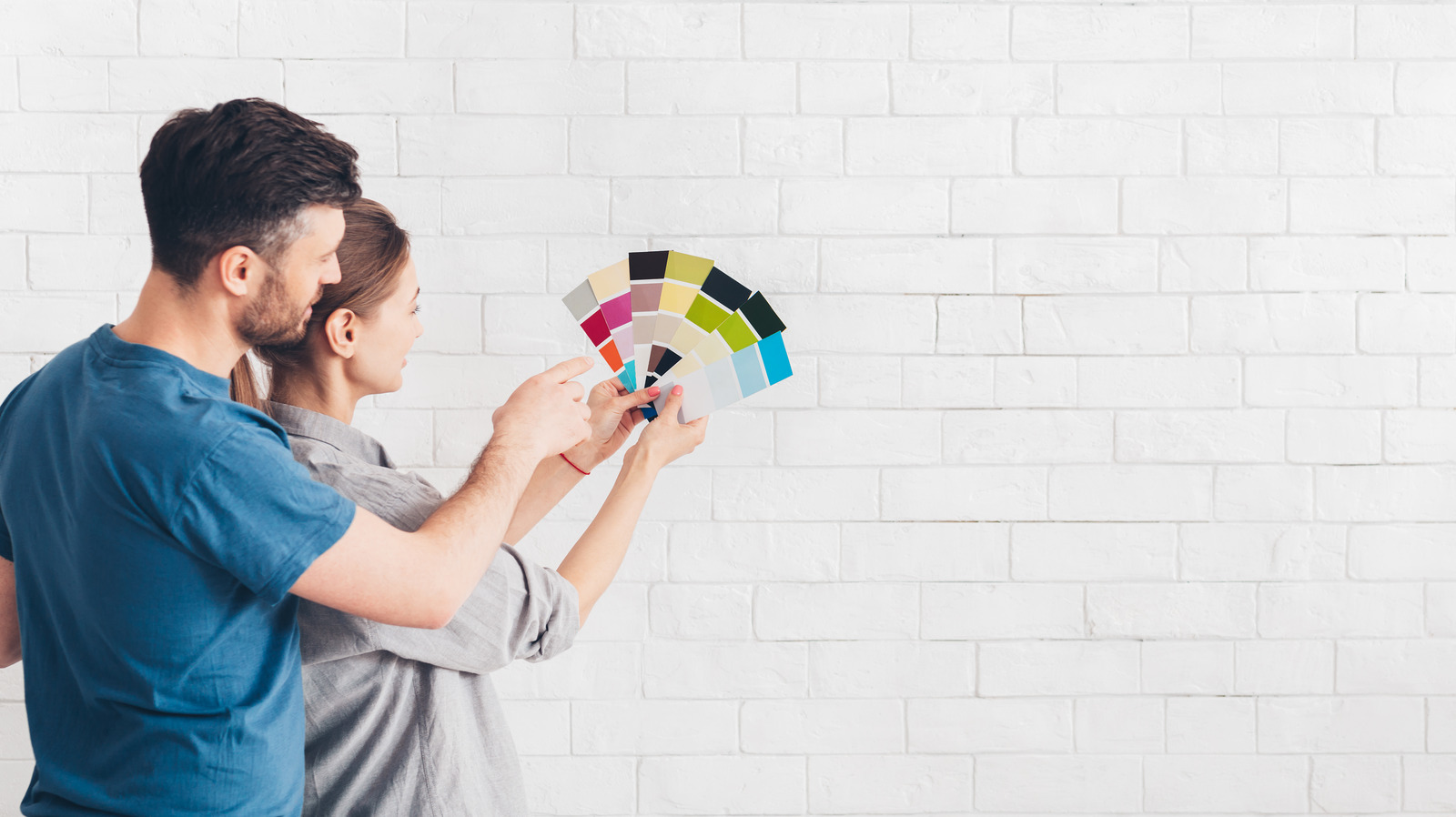
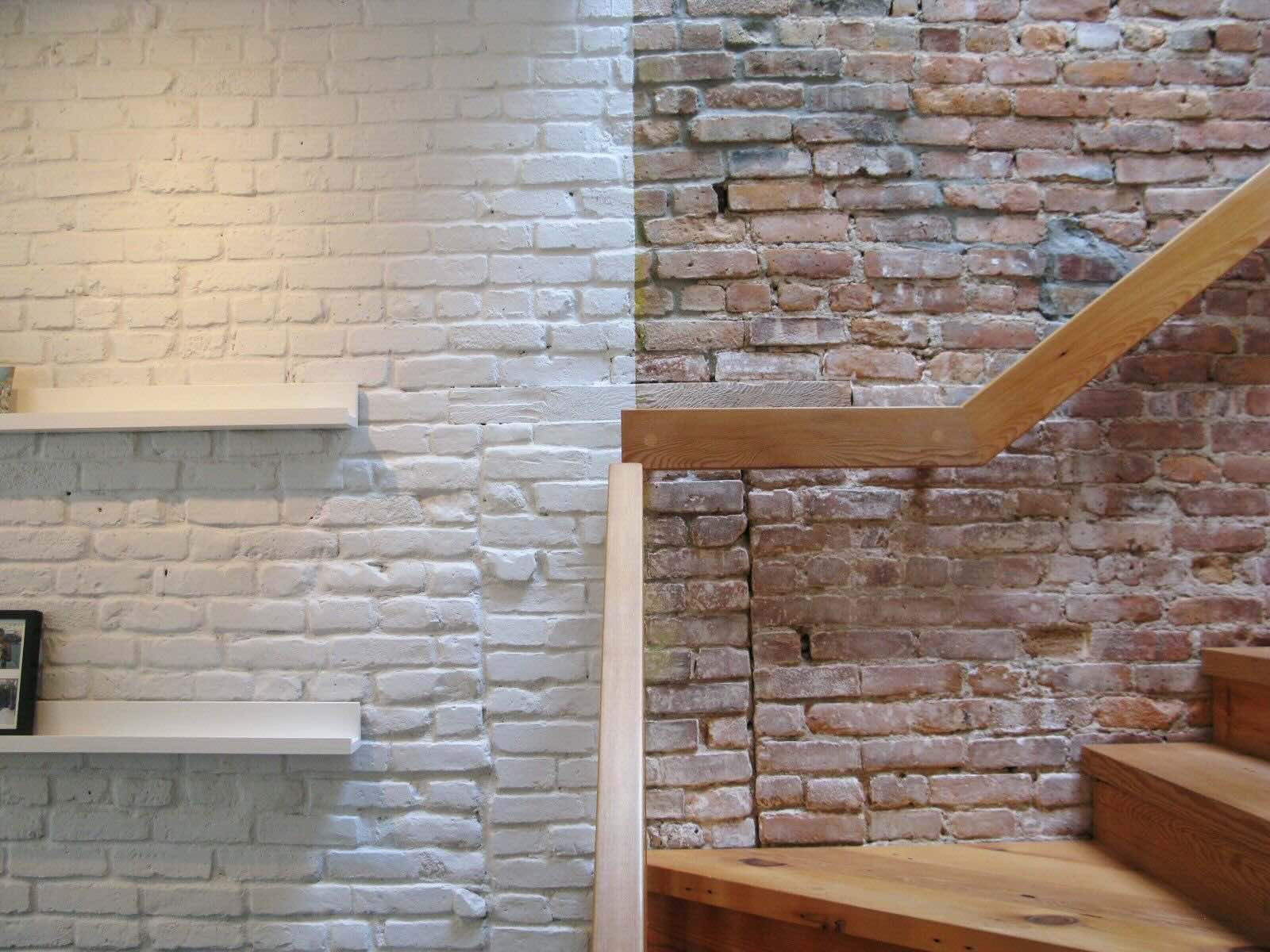
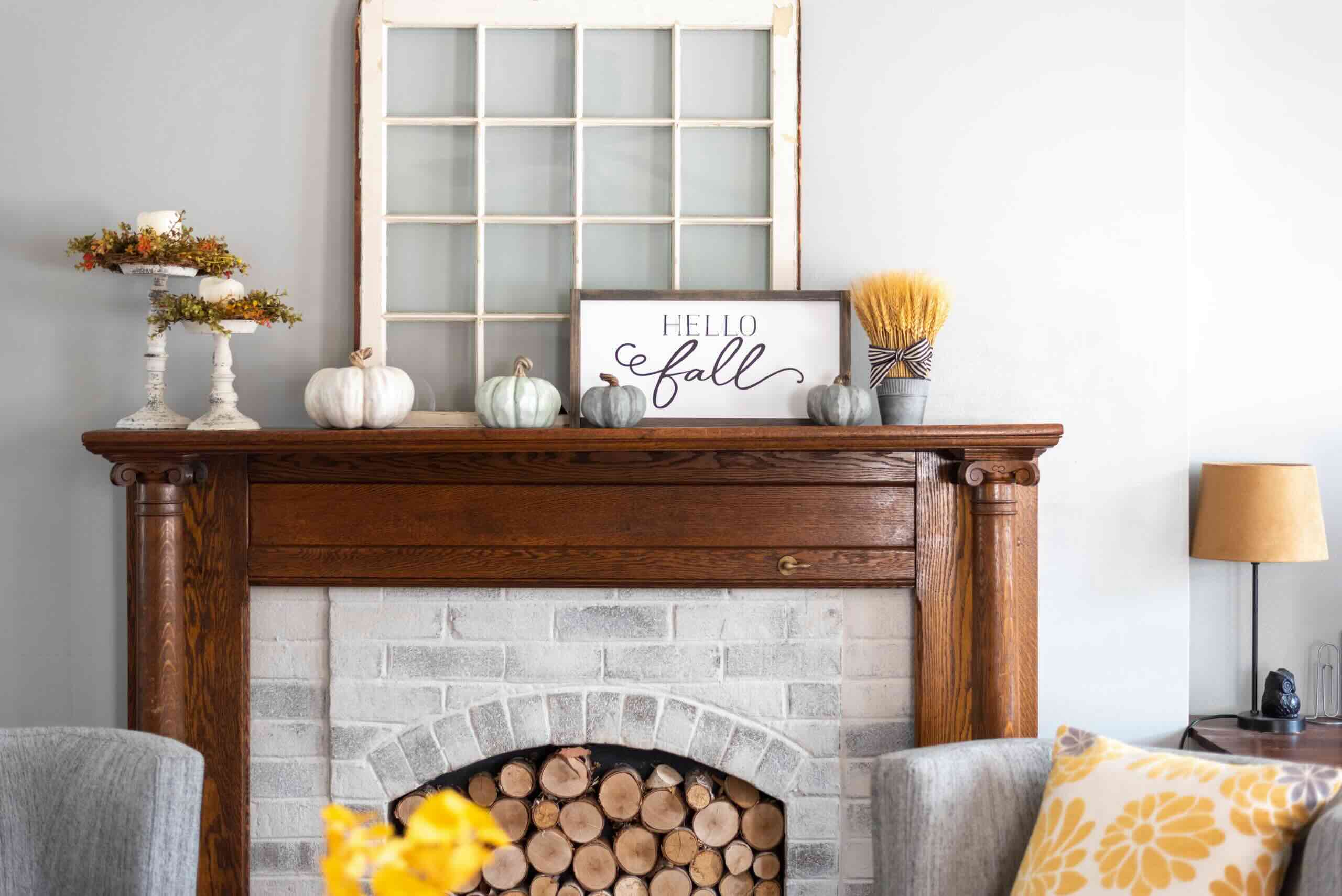
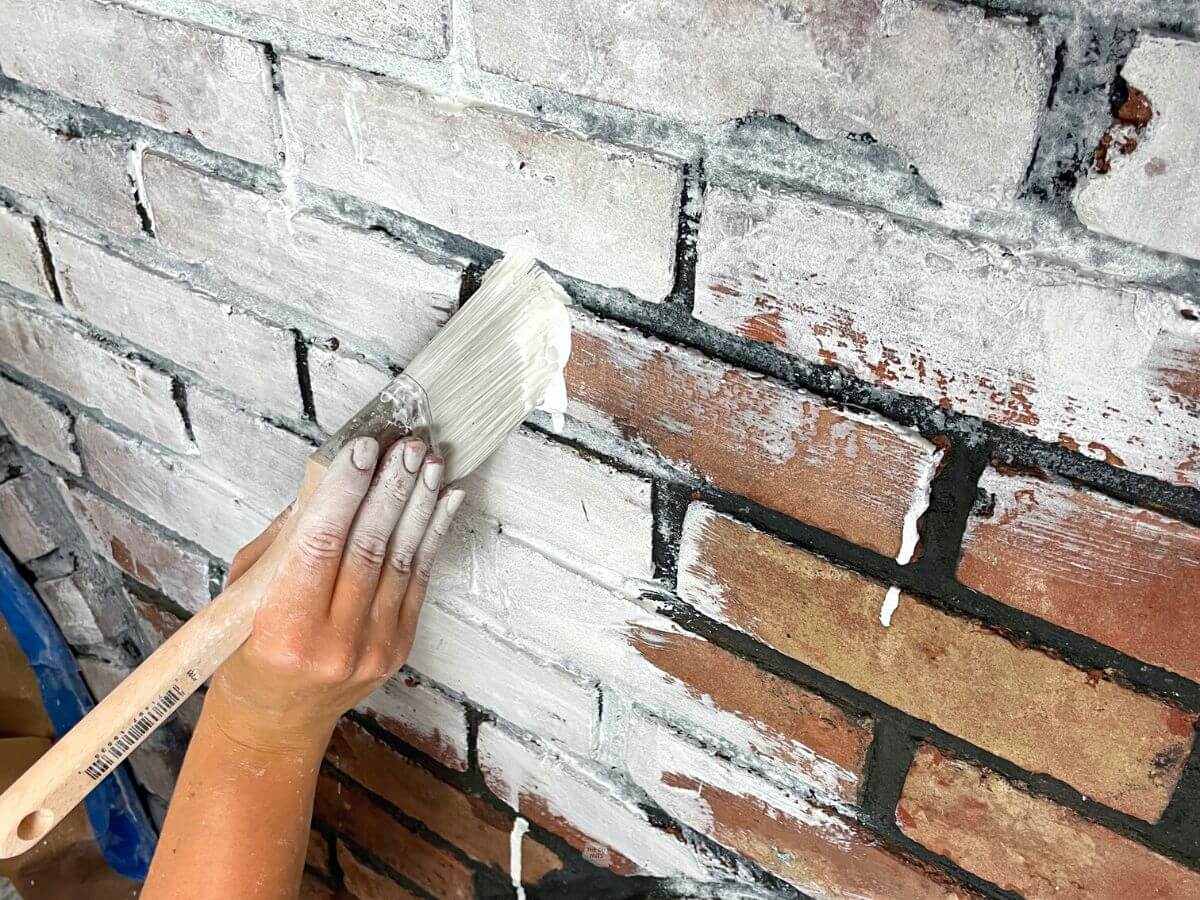
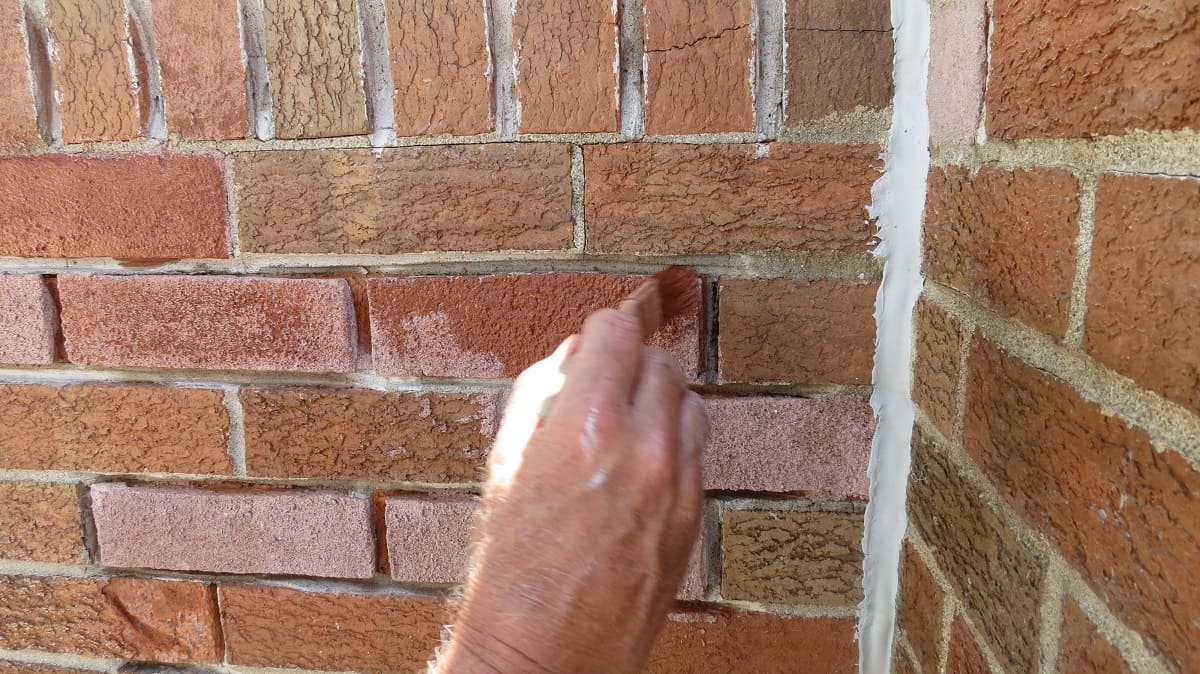
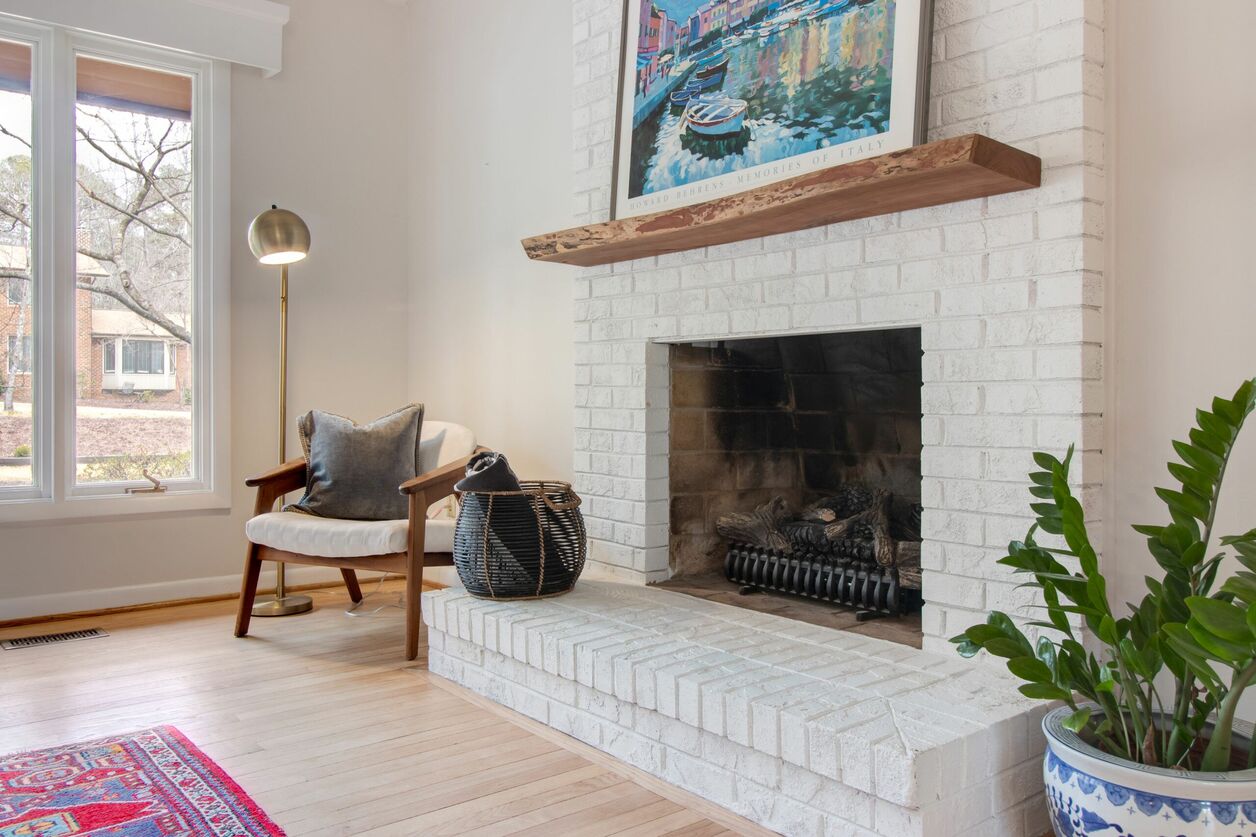

0 thoughts on “How To Paint Brick Backsplash”